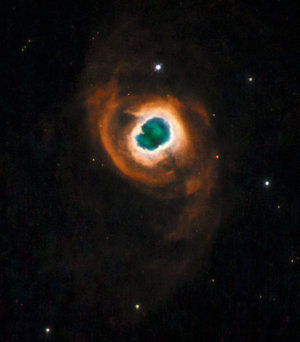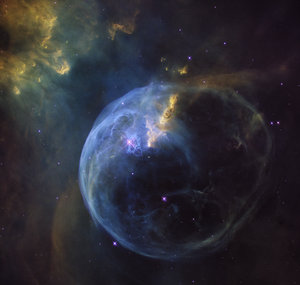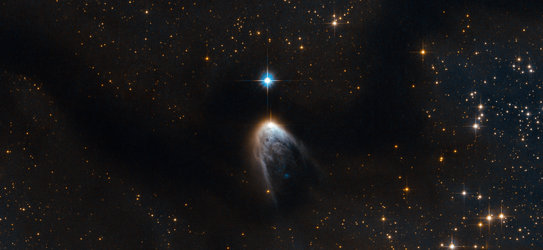Accept all cookies Accept only essential cookies See our Cookie Notice

About ESA
The European Space Agency (ESA) is Europe’s gateway to space. Its mission is to shape the development of Europe’s space capability and ensure that investment in space continues to deliver benefits to the citizens of Europe and the world.
Highlights
ESA - United space in Europe
This is ESA ESA facts Member States & Cooperating States Funding Director General Top management For Member State Delegations European vision European Space Policy ESA & EU Space Councils Responsibility & Sustainability Annual Report Calendar of meetings Corporate newsEstablishments & sites
ESA Headquarters ESA ESTEC ESA ESOC ESA ESRIN ESA EAC ESA ESAC Europe's Spaceport ESA ESEC ESA ECSAT Brussels Office Washington OfficeWorking with ESA
Business with ESA ESA Commercialisation Gateway Law at ESA Careers Cyber resilience at ESA IT at ESA Newsroom Partnerships Merchandising Licence Education Open Space Innovation Platform Integrity and Reporting Administrative Tribunal Health and SafetyMore about ESA
History ESA Historical Archives Exhibitions Publications Art & Culture ESA Merchandise Kids Diversity ESA Brand Centre ESA ChampionsLatest
Space in Member States
Find out more about space activities in our 23 Member States, and understand how ESA works together with their national agencies, institutions and organisations.
Science & Exploration
Exploring our Solar System and unlocking the secrets of the Universe
Go to topicAstronauts
Missions
Juice Euclid Webb Solar Orbiter BepiColombo Gaia ExoMars Cheops Exoplanet missions More missionsActivities
International Space Station Orion service module Gateway Concordia Caves & Pangaea BenefitsLatest
Space Safety
Protecting life and infrastructure on Earth and in orbit
Go to topicAsteroids
Asteroids and Planetary Defence Asteroid danger explained Flyeye telescope: asteroid detection Hera mission: asteroid deflection Near-Earth Object Coordination CentreSpace junk
About space debris Space debris by the numbers Space Environment Report In space refuelling, refurbishing and removingSafety from space
Clean Space ecodesign Zero Debris Technologies Space for Earth Supporting Sustainable DevelopmentLatest
Applications
Using space to benefit citizens and meet future challenges on Earth
Go to topicObserving the Earth
Observing the Earth Future EO Copernicus Meteorology Space for our climate Satellite missionsCommercialisation
ESA Commercialisation Gateway Open Space Innovation Platform Business Incubation ESA Space SolutionsLatest
Enabling & Support
Making space accessible and developing the technologies for the future
Go to topicBuilding missions
Space Engineering and Technology Test centre Laboratories Concurrent Design Facility Preparing for the future Shaping the Future Discovery and Preparation Advanced Concepts TeamSpace transportation
Space Transportation Ariane Vega Space Rider Future space transportation Boost! Europe's Spaceport Launches from Europe's Spaceport from 2012Latest

Young star offers a glimpse of the Sun’s past
Thank you for liking
You have already liked this page, you can only like it once!
It may look like a star, it may be called a star, but it does not yet generate energy like a normal star. This is because this star is still being formed.
It offers a fascinating glimpse into our own past because our Sun began its life as such a ‘T Tauri’ star some 4.6 billion years ago.
Located 1800 light-years away in the constellation Cygnus, V1331 Cyg was originally nothing but a diffuse cloud of gas in space. Slowly over time, gravity has pulled it together, but the process is not yet over. V1331 is not yet fully formed and so is still larger than it will eventually be once gravity has done its job. It is shining because of the energy being released as it shrinks.
Eventually, it will be compact enough that the temperature in its centre will ignite nuclear fusion. Hydrogen will then be transformed into helium and this will release the torrents of energy that will make V1331 Cyg shine for billions of years as a bona fide star.
The swathes of dust that surround the star are the remnants of the cloud from which it condensed. Often, this circumstellar disc obscures our view of the young stellar object but, by chance, we happen be looking down on the rotational pole of the star, so it appears as a dazzling ‘searchlight’ beam.
This circumstellar disc is the site where planets may be forming, and in the case of V1331 Cyg time is running out. A T Tauri star produces a strong ‘wind’ of atomic particles that dissipates the disc, bringing planet formation to an end.
The image was taken by the NASA/ESA Hubble Space Telescope and is a combination of three exposures taken at different wavelengths. These almost correspond to human eyesight: blue, green and, instead of red light that our eyes would see, Hubble used near-infrared.
-
CREDIT
ESA/Hubble, NASA, K. Stapelfeldt (GSFC), B. Stecklum & A. Choudhary (Thüringer Landessternwarte Tautenburg, Germany) -
LICENCE
ESA Standard Licence

Dying star offers glimpse of our Sun’s future

Hubble views a cosmic oyster and pearl in NGC 1501

Hubble, bubble, some toil but no trouble

A golden veil cloaks a newborn star















 Germany
Germany
 Austria
Austria
 Belgium
Belgium
 Denmark
Denmark
 Spain
Spain
 Estonia
Estonia
 Finland
Finland
 France
France
 Greece
Greece
 Hungary
Hungary
 Ireland
Ireland
 Italy
Italy
 Luxembourg
Luxembourg
 Norway
Norway
 The Netherlands
The Netherlands
 Poland
Poland
 Portugal
Portugal
 Czechia
Czechia
 Romania
Romania
 United Kingdom
United Kingdom
 Slovenia
Slovenia
 Sweden
Sweden
 Switzerland
Switzerland


























